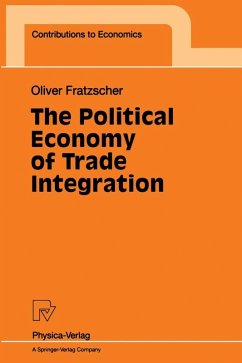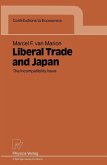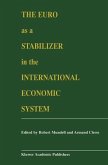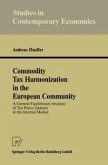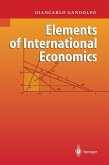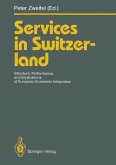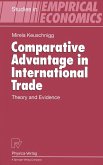This dissenmion looks at increasing trade ilUegrorionjrom three angles: FirSl, what are welfare implications of trade integrmion and trading blocks? Second, what mechanism can improve the sustoinabiliry oj trade integration? Third, whO! relationship evolved between trade and foreign direct investment? Chapter I starts by questioning Krugman's (1993) trading block modeJ, which suggested that world trade is increasingly conducted between three trading blocks, which produces a minimum in world welfare. His symmetrical trading block model is extended into a two-sector model, where trade is not only beneficial through increased varieties in a Dixit-Stiglitz framework, but also through comparative advantage. Results show that: (i) regionalism and multilateral ism can be compatible and welfare enhancing; (ii) sequential integration can monotonously increase world welfare; (iii) more dissimilar countries have higher potential benefits from integration; (iv) about one third of potential gains from free-trade under average tariffs are already realized in a system of three trading blocks. Chapter II studies the political sustainability of trade integration. The previous trading-block-model is combined with a political pressure group model, where domestic interest groups lobby their government to proceed with sequential trade integration. Theory shows that trade integration is politically not sustainable viii Pre/(lct when consumers' and producers' interests are opposed, unless a mechanism is designed which links sequential trade integration with factor reallocation and which worsens the best alternative to integration.
Dieser Download kann aus rechtlichen Gründen nur mit Rechnungsadresse in A, B, BG, CY, CZ, D, DK, EW, E, FIN, F, GR, HR, H, IRL, I, LT, L, LR, M, NL, PL, P, R, S, SLO, SK ausgeliefert werden.

